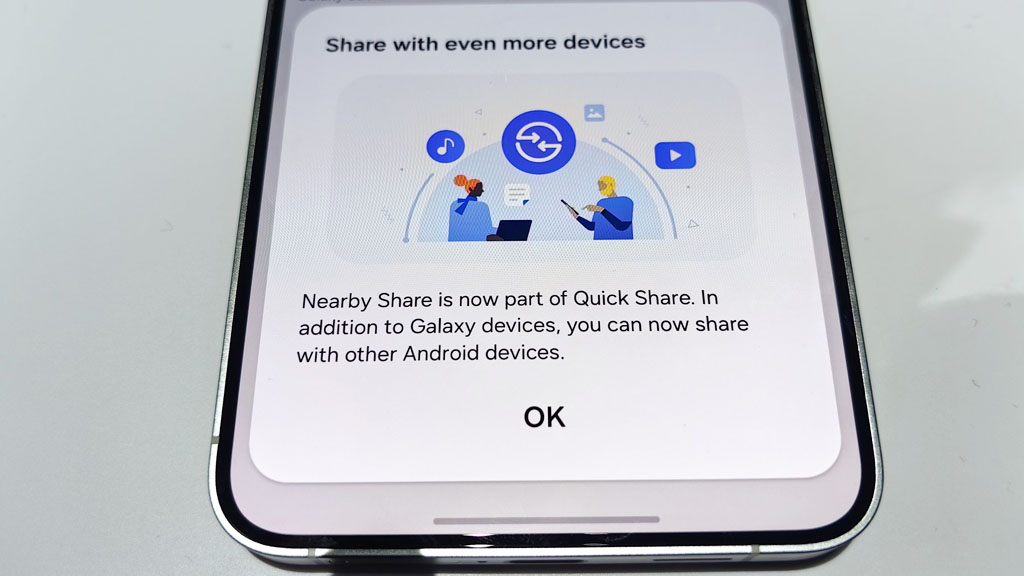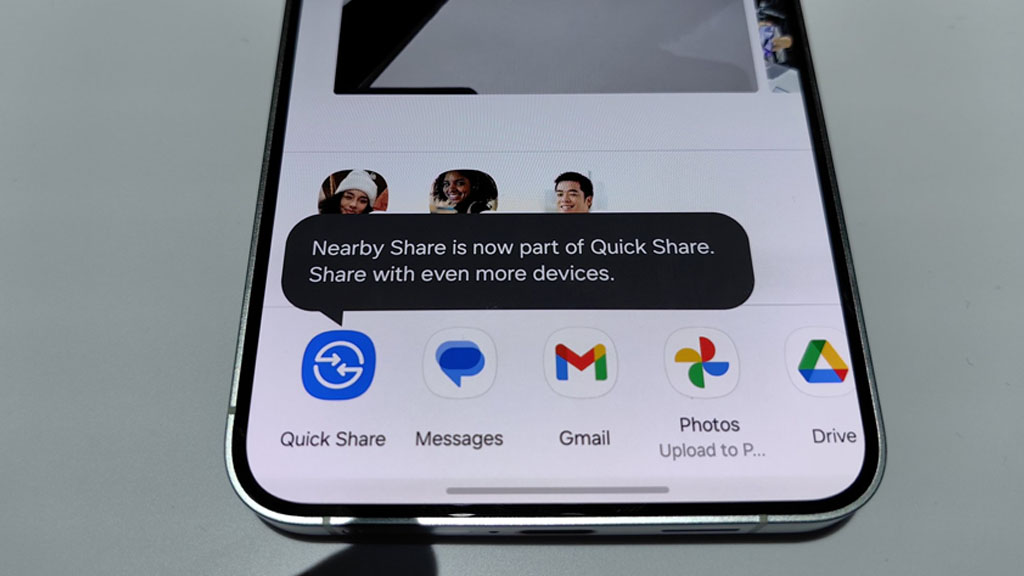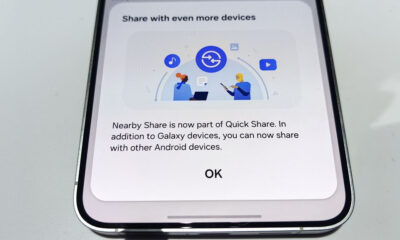News
Here’s why November 2022 security update is crucial for your Samsung device

In late October, Samsung seeded the November 2022 security patch and a One UI 5 Beta-based firmware update. On the 8th, Samsung released the November 2022 security patch details, which shows, why the new update is crucial for your Galaxy device.
Follow Sammy Fans on Google News
No doubt, Samsung takes security and privacy issues very seriously and is doing its best to resolve problems and threats as quickly as possible. At Samsung, the security of Galaxy devices and maintaining consumers’ trust is the top priority.
Join Sammy Fans on Telegram
Notably, the Korean tech giant delivers monthly, quarterly and biannual security updates to various Galaxy devices, gathered here. Galaxy devices released in 2019 and later are eligible for up to 4 years of patches, while select phones released in/after 2021 are eligible for up to 5 years of regular updates.
Let’s discuss why November 2022 security update is crucial for your Samsung device:
Critical
The November 2022 security update brings fixes for three critical CVEs for your Galaxy device. The CVEs listed in patch notes are as follows:
- CVE-2022-25748
- CVE-2022-25720
- CVE-2022-33243
High
While there are just 3 critical CVEs, the November 2022 update also resolves 32 high levels of common vulnerability exposures in order to ensure the best privacy on Galaxy devices. You can check the high levels of CVEs listed in patch notes below.
32 high: CVE-2021-0696, CVE-2021-0951, CVE-2021-0699, CVE-2022-20422, CVE-2022-20421, CVE-2022-20423, CVE-2022-25661, CVE-2022-25660, CVE-2022-25749, CVE-2022-25736, CVE-2022-33217, CVE-2022-33214, CVE-2022-22077, CVE-2022-2209, CVE-2022-20441, CVE-2022-20446, CVE-2022-20448, CVE-2022-20450, CVE-2022-20452, CVE-2022-20457, CVE-2022-20455, CVE-2022-20426, CVE-2022-20451, CVE-2022-20454, CVE-2022-20462, CVE-2022-20463, CVE-2022-20465, CVE-2022-20445, CVE-2022-20447, CVE-2022-20414, CVE-2022-20453, CVE-2022-20115
Moderate
There are just a moderate level of vulnerability mentioned in the November 2022 security patch detailed shared by Samsung, which is named – CVE-2022-20409.

Already included in previous updates
Samsung not only releases updates faster than Google, but also solves discovered bugs and viruses ahead of the Android maker. The company noted that two CVEs were already fixed with previous software updates for Galaxy devices.
- CVE-2022-20424
- CVE-2022-25723
Not applicable to Samsung devices
Apart from this, Google spotted and fixed 15 CVE items that are not applicable to Galaxy devices.
CVE-2022-26472, CVE-2022-26471, CVE-2022-25687, CVE-2022-25718, CVE-2022-20430, CVE-2022-20431, CVE-2022-20432, CVE-2022-20433, CVE-2022-20434, CVE-2022-20435, CVE-2022-20436, CVE-2022-20437, CVE-2022-20440, CVE-2022-20438, CVE-2022-20439
Image icon Freepik!
News
TSMC unveils A16: 1.6nm semiconductor manufacturing process

TSMC will commence 1.6nm semiconductor production in the second half of 2026. The company’s Co-Chief Operating Officer, Y.J. Mii, announced (via NikkeiAsia) in the US that the new A16 chip manufacturing technology will begin production in the second half of 2026.
South Korea’s Samsung Electronics is also working on 1.6nm process tech, called Backside Power Delivery. Taiwanese chipmaker said that 1.6nm is an area where they are competing with Intel, racing to boost the speed of AI semiconductors.
Demand from AI chip companies led TSMC to develop the new A16 chip manufacturing process faster than expected. High NA EUV, the next-generation extreme ultraviolet exposure equipment for drawing ultra-fine circuits, is unlikely to be used.
Samsung previously revealed it plans to mass produce 2nm in 2025 and 1.4nm in 2027, which is similar to TSMC. Meanwhile, Intel could start mass production of the 1.8nm process later this year, with 1.4nm expected to be announced in 2027.
Stay up-to-date on Samsung Galaxy, One UI & Tech Stuffs by following Sammy Fans on X/Twitter. You can also discover the latest news, polls, reviews, and new features for Samsung & Google Apps, Galaxy Phones, and the One UI/Android operating system.
Do you like this post? Kindly, let us know on X/Twitter: we love hearing your feedback! If you prefer using other social platforms besides X, follow/join us on Google News, Facebook, and Telegram.
News
Fresh Samsung Quick Share App update available for Android 14 devices

Samsung is releasing a new update of the Quick Share app for Android 14 devices. Identified via version 13.6.13.6, the new update is available on the Galaxy Store with an installation package of 25.58MB
The fresh update brings the Family Hub refrigerator nearby sharing support for a better experience. It also fixes some bugs encountered in the previous version. However, it does not bring any new features or changes but you will surely get a smoother usability experience after updating.
It is worth mentioning that the Samsung Quick Share 13.6.13.6 update is compatible with Galaxy devices running Android 14 based One UI 6.1 or One UI 6.0. If your device is eligible you can install the update to enjoy enhanced functions.
Users can update the Quick Share app in two ways. The first way is to update from Galaxy Store, for which open the Galaxy Store app >> Menu Options >> Updates. A new page will open from where you can install all available updates.
The second one is from the app, for that, you have to open Settings of your smartphone >> Connected devices >> Quick Share >> About Quick Share. If any new update is available then you will see the Update option. You can install the latest update by tapping on the Update button.

Stay up-to-date on Samsung Galaxy, One UI & Tech Stuffs by following Sammy Fans on X/Twitter. You can also discover the latest news, polls, reviews, and new features for Samsung & Google Apps, Galaxy Phones, and the One UI/Android operating system.
Do you like this post? Kindly, let us know on X/Twitter: we love hearing your feedback! If you prefer using other social platforms besides X, follow/join us on Google News, Facebook, and Telegram.
News
Samsung TV Plus US adds three new channels from Mattel

Mattel to Bring Three Channels to Samsung TV Plus in the US. Barbie and Friends, Hot Wheels Action, and Mattel Jr. to mark Mattel’s first-ever FAST channels, enhancing Samsung TV Plus’ Family & Kids offering with content featuring iconic Mattel brands.
Samsung announced its partnership with Mattel, bringing three channels on TV Plus in the US. The newly announced channels will be available on TV Plus later this year, accessible through Samsung Smart TVs and Galaxy Devices.
Mattel’s Barbie and Friends, Hot Wheels Action, and Mattel Jr. to broadcast content inspired by globally beloved brands such as American Girl, Barbie, Hot Wheels, Fisher-Price, Masters of the Universe, Matchbox, classic Monster High, Thomas & Friends, and more.
The new channels will be easy to access, around-the-clock kids programming curated for fans of Mattel IP to enjoy hours of shows and family entertainment. Users can find the shows on the dedicated ‘Kids’ destination on the Samsung TV Plus home screen.

Image: Samsung Newsroom
Stay up-to-date on Samsung Galaxy, One UI & Tech Stuffs by following Sammy Fans on X/Twitter. You can also discover the latest news, polls, reviews, and new features for Samsung & Google Apps, Galaxy Phones, and the One UI/Android operating system.
Do you like this post? Kindly, let us know on X/Twitter: we love hearing your feedback! If you prefer using other social platforms besides X, follow/join us on Google News, Facebook, and Telegram.










